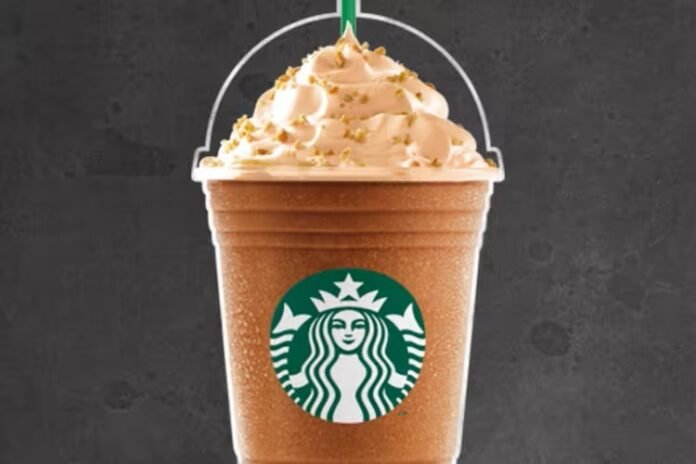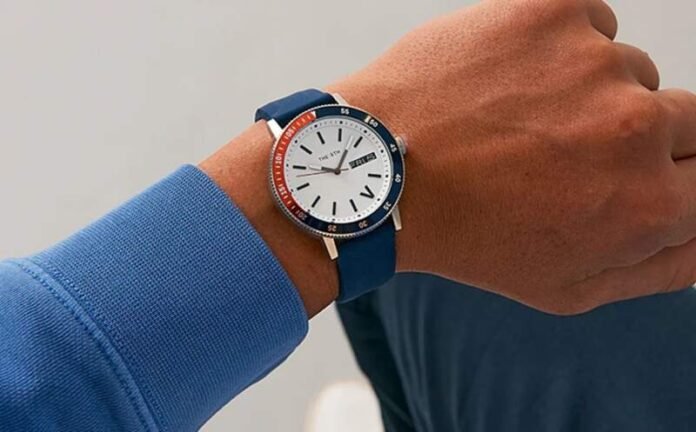Hair is a defining feature for both humans and pets, playing a significant role in appearance and style. When it comes to haircuts, understanding the different lengths and how they correspond to various styles is crucial. This is where a hair length chart comes into play. In this article, we will explore the hair length chart, focusing on its importance for both human hairstyles and dog grooming.
The Human Hair Length Chart
Hair length charts serve as a visual guide that illustrates different lengths of hair. They are particularly useful for communicating with hair stylists to ensure you get the desired haircut. Let’s delve into the common hair lengths represented in a typical chart.
Short Hair Lengths
Short hair is generally categorized as anything from a buzz cut to hair that falls just above the shoulders. On a chart, this could range from 0 inches, representing a clean shave, up to about 14 inches.
- Buzz Cut (0-1 inch): The shortest length, often achieved with clippers.
- Pixie Cut (2-4 inches): A short and stylish haircut for women that is longer than a buzz cut but does not cover the ears.
- Bob Cut (5-7 inches): A popular style that typically ends around the jawline.
Medium Hair Lengths
Medium length hair falls from the shoulders to a few inches past them. In a 14 inch hair length chart, this would be categorized as:
- Shoulder Length (8-14 inches): A versatile length that can be styled in numerous ways.
Long Hair Lengths
Long hair is generally considered to start from about 14 inches and can go as long as one’s genetics will allow. A hair length chart can help visualize these longer lengths:
- Mid-Back Length (15-20 inches): Hair that reaches the middle of the back.
- Waist Length (21-30 inches): When hair extends down to touch around the waist area.
- Tailbone and Beyond (31+ inches): Hair that reaches the tailbone and longer is often considered very long.
The Dog Grooming Hair Length Chart
When it comes to our canine companions, grooming is not just about appearance; it’s also about health and hygiene. A dog grooming hair length chart is a tool used by groomers to determine the ideal fur length for different breeds and seasons.
Why Hair Length Matters for Dogs
Dog fur serves as insulation, protecting them from the elements. In the winter, a longer coat can keep a dog warm, while in the summer, a shorter cut might help them stay cool. However, it’s not as simple as “long hair for cold weather, short hair for hot weather,” as the undercoat plays a significant role in temperature regulation.
Common Lengths in Dog Grooming
- Shaved (1/16 – 1/8 inch): Typically used for extremely matted fur that can’t be saved.
- Short Trim (1/4 – 1/2 inch): A common length for summer cuts or low-maintenance styles.
- Moderate Length (5/8 – 1 inch): Offers a balance between aesthetics and ease of maintenance.
- Long Trim (1-2 inches and up): Usually reserved for breeds with long, flowing coats or for dogs that require more insulation during colder months.
How to Use a Hair Length Chart
When deciding on hair length, it’s important to consider factors such as face shape, hair texture, and lifestyle for humans. Asdogs, consider breed standards, activity level, and climate.
For Humans
- Face Shape: Different lengths may flatter different face shapes. Consult with a stylist about what works best for you.
- Hair Texture: Curly, wavy, or straight hair can look vastly different at the same length.
- Lifestyle: Consider how much time you’re willing to spend on styling your hair each day.
For Dogs
- Breed Standards: Some breeds have traditional cuts that are designed to highlight their features and conform to breed standards.
- Activity Level: Active dogs might benefit from shorter cuts that are less likely to collect debris.
- Climate: Consider the typical weather in your area and adjust your dog’s hair length accordingly.
Communicating with Stylists and Groomers
Always bring a picture or refer to a hair length chart when discussing desired lengths with professionals. This helps ensure that you and the stylist or groomer are on the same page.
Hair Length and Health
Maintaining the proper hair length is not just about aesthetics; it’s also about health.
Human Hair Health
Regular trims can prevent split ends and promote healthy hair growth. Following a hair length chart can help you plan a hair care routine that includes trims at appropriate intervals to maintain your chosen style and hair health.
Dog Fur Health
Regular grooming prevents matting, which can lead to skin irritation and infections. Using a dog grooming hair length chart can help you determine the optimal schedule for grooming sessions to keep your dog’s coat in good condition.
Final Thoughts
Understanding the hair length chart is key to achieving the look you desire and maintaining healthy hair or fur. Whether you’re planning your next haircut or scheduling a grooming appointment for your furry friend, refer to a hair length chart to ensure clear communication and satisfaction with the results. Remember to consider all relevant factors, from face shape to climate, to choose the best length for you or your dog.
With the knowledge of hair length charts, you’re now equipped to make informed decisions for both human haircuts and dog grooming, ensuring style and health for everyone.




